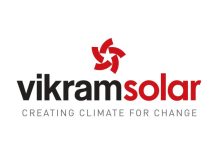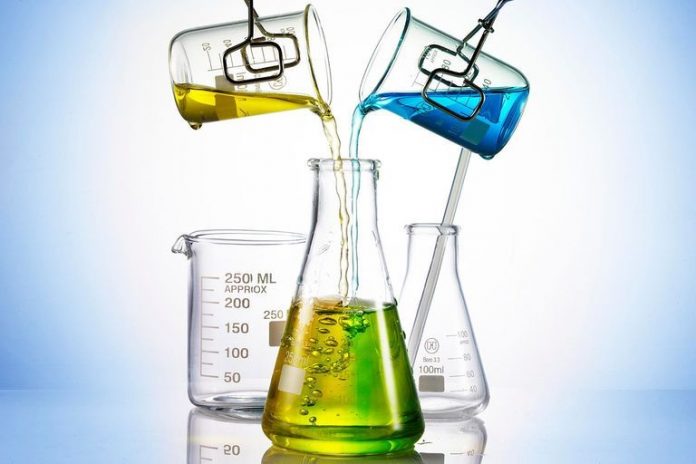The COVID-19 pandemic has altered the public perception of plastic, promoting its profligate use. Overnight it has been transformed from a muchmaligned villain to a benign angel. Plastic has staged a dramatic comeback in many applications and the resulting waste is piling up. The 3R – Reduce, Reuse, Recycle – has been one of the biggest collateral casualties of the ongoing pandemic. Over the last few years, a strong and sustained campaign had created a widespread awareness among the citizens about the responsible use of plastic. Many countries enacted legislation to ban or restrict single-use plastic. All this good work has been undone in the last few months as people have adopted the plastic as armor in their battle against the coronavirus. The problem is expected to grow worse as the pandemic shows little signs of abating.
COVID Waste
When COVID-19 was its peak in China, hospitals in Wuhan generated 240 tons of waste every day, a six-fold increase compared to normal times; much of this was plastic. It is estimated that the USA will produce an entire year’s medical waste in 2 months because of the pandemic. Discarded masks and other items of PPE are regularly turning up in beaches, even in remote areas, raising concerns among environmentalists.
In Thailand, plastic waste has increased 4 times to 6000 tons per day, mainly due to increased home deliveries of food. The sub 50-micron plastic bag is becoming ubiquitous again across cities in India. The cling film has returned in a big way for wrapping vegetables and fruits. PPE and food packaging are the prime contributors to the mounting plastic waste. Plastic is the mainstay of PPEs used by frontline healthcare workers in their battle against COVID-19. The single-use plastic is widely perceived as a hygienic barrier in day to day transactions like retail shopping and delivery of food to homes. Consumers are reluctant to reuse and recycle plastic out of fear of infection and are irresponsibly disposing them of.
Waste Collection
The problem of burgeoning plastic waste is compounded by the near-paralysis of waste collection and recycling. Due to restrictions of movement, rag pickers have all but vanished from the streets of the developing world. Elsewhere, waste recycling plants are operating at sub-optimal capacities because of staffing problems. Surreptitious and illegal disposal of wastes is also on the rise. The pandemic has resulted in a massive disruption, if not a total break- down, of the waste management infrastructure.
Backburner
While the COVID-19 pandemic has unequivocally demonstrated that we cannot live without
plastic, we cannot afford to let sustainability take a backseat. What we are sowing today could return to haunt us once the dust of the pandemic has settled down. Sustainability was widely anticipated to be a big theme of the year2020. It was the year when companies
were expected to launch innovative alternatives to plastic packaging. However, with the onsetof COVID-19, many such plans have been put on the backburner.
Some minds in the industry are even clamoring for a reassessment of the plastic. There are also concerns that some businesses are using the pandemic as an excuse to aggressively push back the various plastic bans imposed earlier. While the battle against COVID-19 dominates our minds, it would be foolish to turn a blind eye to the problem
of plastic waste.
Circular Economy
The New Plastics Economy is a global initiative to reduce plastic waste. Spearheaded by the Ellen MacArthur Foundation and supported by the United Nations Environmental Programme (UNEP), it aims to reduce the amount of plastics sent out to landfills through the application of 3Rs. Launched in 2016, the program aims to establish a Circular Economy (CE) for plastics. Over 850 entities, including some top names from the FMCG industry, have signed up for the program. The signatories have committed themselves to make all of their plastic packaging reusable, recyclable, or compostable by the year 2025. Additionally, there is a promise of having a minimum of 25% recycled content in their plastic packaging by 2025. These are lofty goals. Would the pandemic throw a spanner into this ambitious project is anybody’s guess. The good news is that so far, none of the signatories have sought to renege on their commitments because of the pandemic pressure.
Recycled vs Virgin
The fate of plastic waste recycling is inexorably linked to the price of crude oil and thereby
hangs a tale. While the demand for plastic has been surging in recent months, the trend is quite the reverse for crude oil. Oil demand has plummeted due to travel restrictions and sub-optimal industrial production. The consequent low oil price translates into cheaper virgin plastics. If the oil price stays low for a long period, it will make recycling uneconomic. It will freeze fresh investments into plastic recycling projects, further pushing up the cost of the recycled material. Will businesses stick to their commitment to CE if the price gap between virgin plastic and recycled material widens is the moot question.
Calls are out to governments to provide fiscal mechanisms to incentivize the recyclers and insulate them from the vagaries of the oil market. This could be in the form of a tax on the virgin plastics equivalent to the environmental and social benefits of recycling.
Redesign
Recycling is not the only strategy to manage plastic waste. Serious efforts are underway to rethink and redesign plastic packaging. A supermarket chain in Ireland has redesigned its milk bottles to have the same strength and durability but with 20% less plastic. Unilever has set a target to reduce the weight of its packaging by one-third by the end of this year.
Sustainable alternatives can be used to pack food for home delivery and customers can be rewarded if they return old containers on the next delivery. Consumer education
has to be constant.
Epilogue
The COVID-19 pandemic has rudely disrupted the timetable of plastic waste management through multiple factors. This may sound sweet to some ears in the chemical industry, which supplies the raw material to the plastics industry. But the chemical industry is conscious of its role in promoting the responsible use of plastics. Industry, government, and citizens have to join hands to promote the New Plastic Economy to ensure that we don’t suffer due to another pandemic – the pandemic of plastic waste. The circular economy for plastic has to be put back on rails.
Readers’ responses may be sent to:
k.sahasranaman@gmail.com or
chemindigest@gmail.com

































